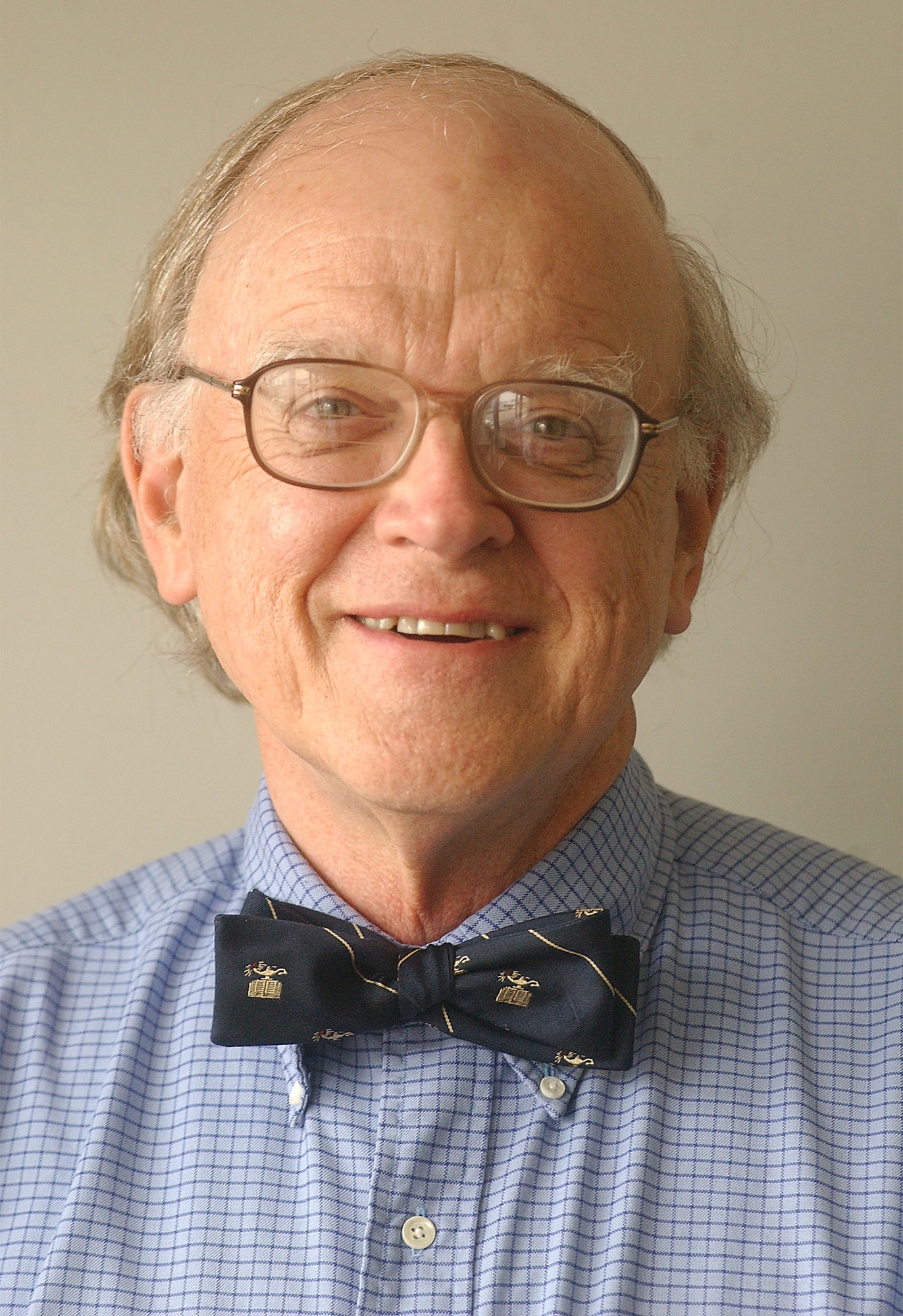My personal awareness of racial disparities in health care dates to my boyhood in West Georgia. I was 8 or 9 and on a Sunday afternoon ramble when I encountered a tearful, African-American boy, perhaps 4 years old sitting on the steps of a ghetto cabin. His legs were badly burned and obviously infected. His mother told me that, days earlier, he had fallen into an inside fireplace. I ran to the house of a nearby white physician and reported what I had seen to the doctor's wife. She dismissed me with the statement that residents of the ghetto never paid their medical bills. I learned a few weeks later that the little boy had died. I do not know if he ever received any treatment for his burns. I can still visualize his anguished face.
For decades, racial and ethnic disparities in access and utilization of health care have persisted in our country. Although the gaps have narrowed since the introduction of Medicare, Medicaid, and reforms enacted under the Affordable Care Act, people of color - except for Asian-Americans - have shorter life-expectancies and carry a higher burden of disease than white people.
Racial and ethnic disparities in health care are more marked in this region compared to other parts of the country. A map of U.S. counties identifies the Central South extending into West Virginia as having the shortest life expectancies by a range of three to six years compared to healthier counties across the nation (http://www.worldlifeexpectancy.com).
The U.S. life-expectancy for white residents is 79.1 years vs. 75.5 years for African-Americans. In Tennessee, white life expectacy is 76.7 vs. African-Americans' 72.9. In Georgia, it's 77.6 vs. 72.9, and in Alabama, 75.9 vs 72.9.
Disparities are seen across a spectrum of conditions:
» African-Americans have significantly higher rates of preterm births, low birth-weights, and late or no prenatal care. Infant mortality for that group is more than twice that of whites.
» African-American women are more likely to die of breast cancer than white women, and the gap is widening. African-American men are twice as likely as white men to die of prostate cancer.
» Rates of diagnosis of HIV and deaths from AIDS are markedly higher for Hispanic Americans and African-Americans.
Poverty is an obvious, major factor underlying those disparities. Whereas 11 percent of white and Asian-American families live below the federal poverty level, 24 percent of Hispanic Americans and 27 percent of African-Americans do. And 55 percent of Americans without health insurance are persons of color. Poverty and the lack of health insurance means prescriptions are not filled and care is postponed or not sought.
Two candidates for the Democratic nomination for president propose reparations for descendants of black slaves imported into the U.S. Even if the administrative complications could be worked out, a single-payment to African-Americans would not correct long-standing disparities in health care.
A more feasible approach to closing the racial disparity in health care is expansion of Medicaid. A hard core of southern legislatures resists that fix. Failing that, expanding access to underserved populations could be addressed by funding and staffing clinics in poor neighborhoods and underserved counties. Public schools offer ready sites for such clinics. Mobile clinics are another option.
As a nation, we avow the rights of all people to life, liberty and the pursuit of happiness. Access to health care is integral to realizing those rights. Until racial and ethnic disparities are addressed and closed, the drive for rights is unfinished business.
Contact Clif Cleaveland, a retired physician, at ccleaveland@timesfreepress.com.

